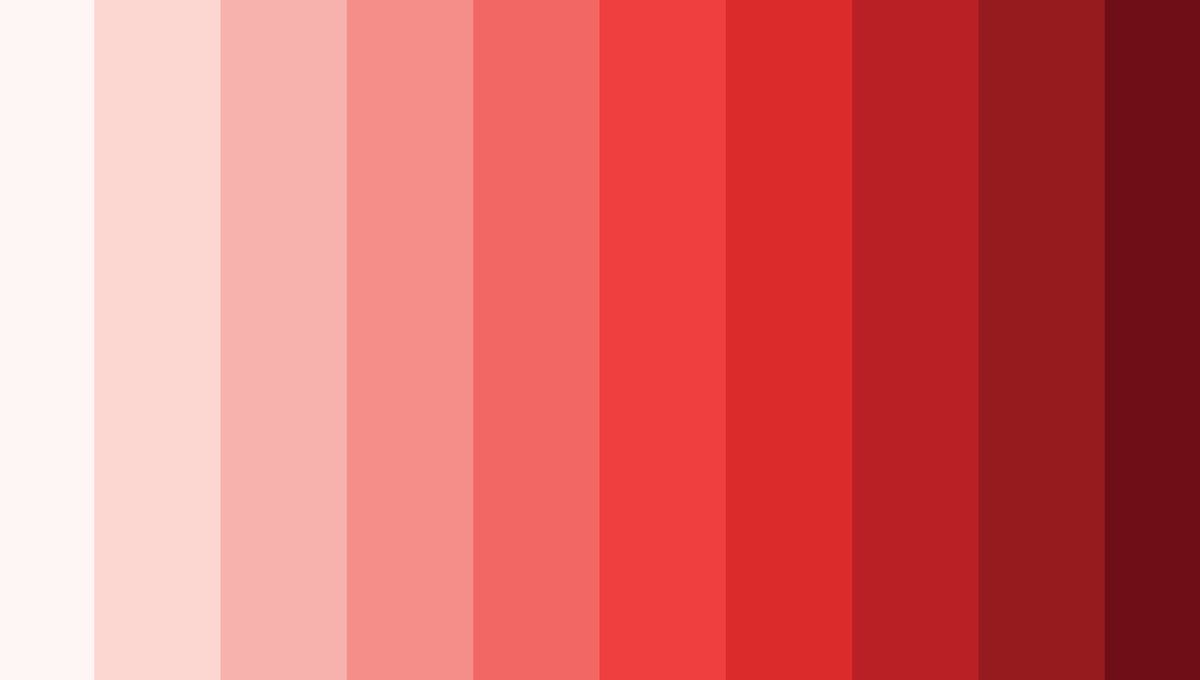
It’s a question that stumps philosophers, scientists, and elementary school kids alike: is my “red” the same as your “red”? It’s a question that’s potentially impossible to answer for sure – but a new study has provided some pretty strong evidence that the answer is “yes”.
ADVERTISEMENT
“The question of whether sensory experiences are intersubjectively equivalent is a central concern in the study of consciousness,” begins the new study. “Some researchers consider the question impossible to answer because of the intrinsic, ineffable, and private nature of subjective experience.”
Basically, the question of “what does red look like to you?” is so difficult to answer objectively – potentially entirely impossible, in fact – that many experts have written it off as a non-starter. But the team behind the new study doesn’t agree – they just think a different approach is needed.
“Although direct description of our experiences in a fashion that allows for intersubjective comparison may be impossible, indirect characterization of experience is empirically feasible and is considered a promising research program,” they write. “One notable approach is to analyze reports of subjective similarities between sensory experiences. Relationships between sensory experiences, such as similarity, allow for the structural investigation of phenomenal consciousness.”
In other words: we may not be able to directly compare my red to yours, but we can figure out whether your red sits in the same perceptual space as mine. All we need to do is ask the right questions.
“If the unsupervised comparison of two different individuals’ qualia […] results in an exact one-to-one mapping (e.g., red-to-red), what can we infer about their subjective experience?” poses the paper. “[It] should serve as one of the necessary conditions to be satisfied for two participants to possess the same experiences, which were previously called structural constraints.”
“We also conjecture that the contraposition is true,” the authors add – “i.e., if two structures are not exactly mapped, two people would necessarily have different experiences.”
ADVERTISEMENT
So, we know what your first question is: what are “qualia”? It’s the technical term for a specific type of quality of experience – the kind you find by asking “what is it like to…”. The aim of the investigation, therefore, was to ask participants to rate the similarity of various colors – 93 in total, to better allow for more complex and nuanced differences than studies with fewer hues – and see how well their answers agree overall.
To add an extra layer of independence, the researchers even included a step where the colors were unlabeled. “Instead, we try to find the best matching between qualia structures based only on their internal relationships,” the team explains. “This allows us to determine which color embeddings correspond to the same color embeddings across individuals, and which do not.”
So, what were the results? Well, it turns out that… yeah, we probably do mean the same thing when we say “red” – at least, assuming one of us isn’t colorblind. And yes, we do mean one – if we’re both colorblind, as about one-third of the study participants were, the disparity seems to clear up: “We showed that the color similarity structures within color-neurotypical or color-atypical participants can be aligned based only on similarity relationships of colors without using any external labels,” the paper reports, although “we could not unsupervisedly align the color similarity structures between color-neurotypical and color-atypical participants.”
Now, it’s worth repeating that this study doesn’t conclusively prove that one person’s red isn’t another’s blue or green – but it does make it less plausible. And, more crucially, it sets up the framework for future research, which may be able to pin down the answer even further: “To assess individual differences based on individual-level alignment, we plan to conduct experiments in which we collect full similarity judgments of pairs of 93 colors from individual participants as future research,” the team writes.
ADVERTISEMENT
Importantly, it’s a methodology that can be applied to subjective experiences outside the realm of color and perception. “While we focused only on color similarity, our method has the potential to be applied to a wide range of subjective experiences and different modalities,” the paper points out.
“Our unsupervised approach offers a powerful tool for assessing the intersubjective correspondence of various qualia structures and for deepening our understanding of qualia from a structural point of view.”
The study is published in the journal iScience.
Source Link: Is My "Red" The Same As Yours? A New Study Edges Toward An Answer